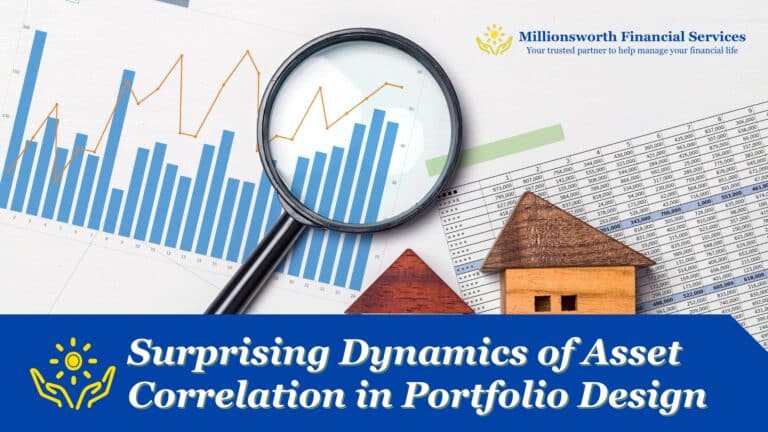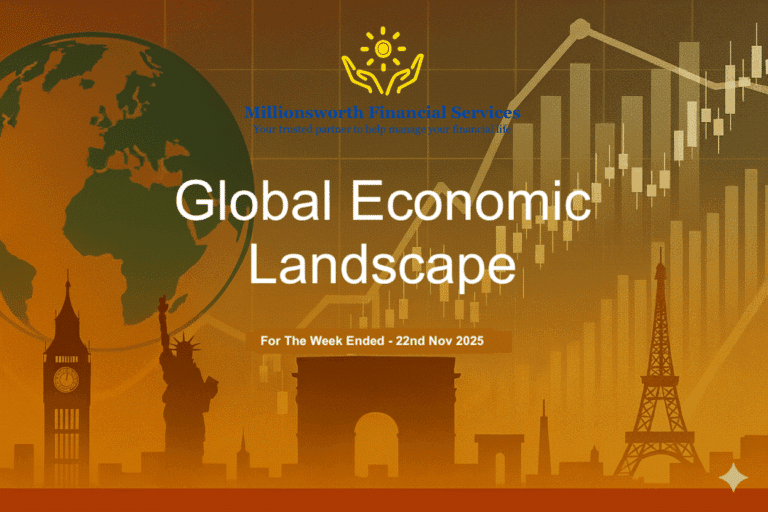While emphasizing the importance of stability in a state’s prosperity, the RBI governor mentioned that India’s recent economic policies have sought to establish and maintain macroeconomic and financial stability, positioning the country as a potential global growth engine. In this blog, we will explore the implications of the Reserve Bank of India’s (RBI) recent monetary policy decisions and the broader economic context. We will review it from the perspectives of equity investors, debt investors, and both existing and new borrowers.
The Reserve Bank of India (RBI) Monetary Policy Committee (MPC) decided to keep the policy repo rate under the liquidity adjustment facility (LAF) unchanged at 6.50 percent. Other key rates, including the standing deposit facility (SDF) rate at 6.25 percent, the marginal standing facility (MSF) rate, and the Bank Rate at 6.75 percent, also remain unchanged. Further, the MPC reiterated its focus on gradually withdrawing accommodation to ensure that inflation aligns with the medium-term target of 4 percent, with a band of +/- 2 percent. This focus on controlling inflation is balanced with the objective of supporting economic growth.
Global and Domestic Economic Assessment
Global Scenario:
The global economy is witnessing a slowdown due to various factors, including tight financial conditions, geopolitical tensions, and trade contractions. Inflation remains elevated in major economies, contributing to volatility in financial markets.
Domestic Scenario:
India’s domestic economy shows resilience with robust GDP growth, supported by strong private consumption and investment demand. Despite an uneven monsoon, agricultural activity remains promising, and industrial sectors like manufacturing and services continue to expand.
Inflation and Monetary Indicators:
Consumer Price Index (CPI) inflation surged temporarily, driven by food price spikes but later moderated. Core inflation, excluding food and fuel, has softened. Money supply (M3) expanded, and bank credit grew. India’s foreign exchange reserves remained robust.
Outlook:
The near-term inflation outlook is expected to improve due to corrections in vegetable prices and lower LPG prices. Future inflation trends will depend on factors like crop production, global food and energy prices, and climate conditions. Real GDP growth for 2023-24 is projected at 6.5 percent, with risks evenly balanced.
Implications For Equity Investors:
Stable interest rates provide a conducive environment for equities, making stocks attractive compared to fixed-income investments. A positive economic outlook and the RBI’s commitment to controlling inflation offer optimism for equity investors. However, investors should understand the risk of global scenarios like supply chain disruptions due to geopolitical tensions, rising crude oil prices and equity market valuations reaching an above-average trajectory.
Implications For Debt Investors:
Unchanged interest rates mean stable yields at elevated levels on fixed-income instruments. Therefore, investors who have invested in the last 12 – 18 months will continue to witness disappointing returns on their investments. Also, the risk of high inflation remains a concern in the near future, which can further reduce the returns marginally from debt instruments for existing investors. For new investors, investing in a barbel strategy may work better.
A barbell strategy is an investment approach that combines two contrasting elements in a portfolio: short-term and long-term investments. It allows you to preserve capital with short-term investments while seeking higher returns through long-term bonds.
Implications For Borrowers:
Existing borrowers can expect stable EMIs although at the current elevated levels with unchanged interest rates. New borrowers should assess their financial situation carefully as inflations remain a concern in the near term, especially from the perspective of the global scenario and on account of uneven monsoon conditions.
We strongly suggest you to discuss your financial portfolio in light of the above mentioned points with your financial planner/advisor.





